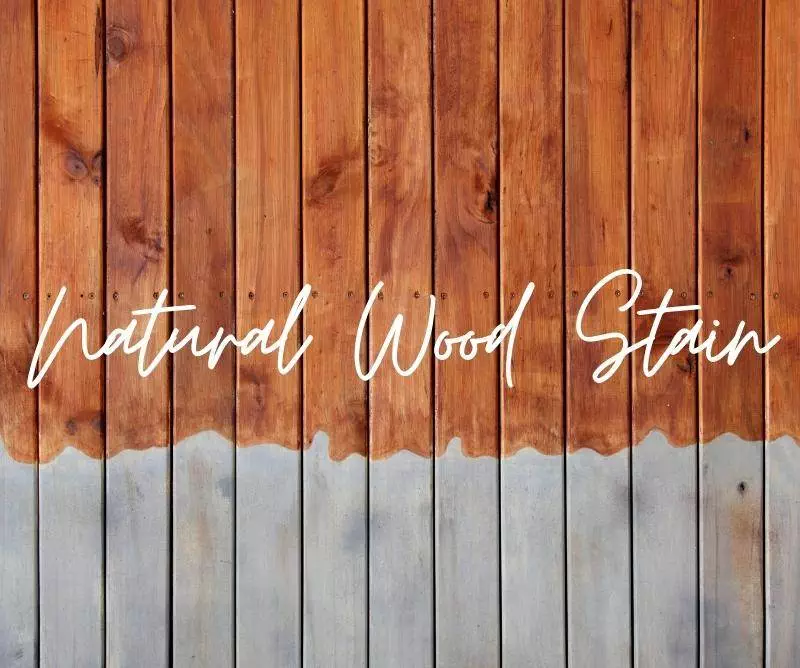Exterior Natural Wood Staining: What You Should Know

The New England elements can be especially hard on the woodwork around your home. Sunlight breaks down the natural lignin polymer that holds the wood together, allowing water to seep into your boards and shingles, leaving them susceptible to rot. As a homeowner, you can prevent this damage by giving your exterior wood a coat of quality stain. A stain is different from paint – it’s a liquid substance used to protect and color wood. This description could also theoretically apply to paint. However, there are some key differences between wood stain and paint.
What is Paint vs. Stain?
Both substances are made up of the same ‘ingredients’ — a pigment and a vehicle. The main difference between the two is that paint remains on the surface of the wood, whereas stain is absorbed into it. Paint tends to be thicker than stain, so it can be applied in fewer coats. However, because paint stays on top of the wood, it covers up any details in that wood that may make your home more attractive. Painting wood is also more expensive than staining it.
Stains are designed to be absorbed into the wood, so it doesn’t obscure the grain while coloring it. It’s easier to apply stains than paint, as well as to re-coat any surfaces when they need it. You don’t always need to prime the wood before applying stain, so it’s faster than painting, as well. Also, unlike paint, wood stains are not subject to chipping. However, because wood stain is thinner than paint, it wears away faster and needs to be reapplied more frequently. There are also fewer colors to choose from in stains, as the purpose of a wood stain is to present an enhanced wood color rather than a bold color such as yellow or green.
Popular Types of Natural Wood Stain
There are various kinds of wood stain to choose from. The two major types are semi-transparent and solid. A semi-transparent stain is ideal for structures where you want to see the details of the wood grain for a more rustic or natural feel. Solid stains are similar to paint in that they leave a solid coating of pigment that can obscure the details of the wood, though not to the same degree as paint.
Beyond texture, your wood stain could be water-based, oil-based, or varnish-based.
Advantages of water-based wood stains:
- Do not produce fumes
- Non-flammable
- Easier to clean up
- Maintains color for a longer time
Advantages of oil-based wood stains:
- Smoother finish
- Permeates the natural wood deeper for greater protection
- Less maintenance
- More resistant to fading or damage from the elements
Advantages of using a varnish-based wood stain:
- Provides a clear and transparent finish
- Maintains more of the natural color of the wood
- Dries quickly
The type of stain you decide to use is generally dependent on the kind of wood you are working with, as well as your own preferences for color or grain visibility.
How Often Should You Stain Your House?
Much like paint, a wood stain has to be reapplied after a certain point. Usually, when you notice your wood starting to become dull, dry, or turning a grayish tint, it’s time to reapply. However, coats of wood stain applied before you begin to see damage are ideal.
The amount of time between reapplications is also dependent on the type of stain you used. If you’ve used a semi-transparent stain, you can go 3-5 years between reapplications. With a solid stain, because it’s thicker and more resilient than the semi-transparent style, you can reapply it every 5-10 years depending on the elements your wood is exposed to.
Natural materials have offered beautiful home aesthetics for years. In order to protect those aesthetics, you should maintain your wood with a quality stain, which is something our professionals know a lot about. To talk to paint and carpentry experts about how to keep your home looking beautiful, or for any home improvement project that you want to undertake, get in touch with us today!
CHECK OUT
Related Projects
READ OUR
Related Ideas
Locations












